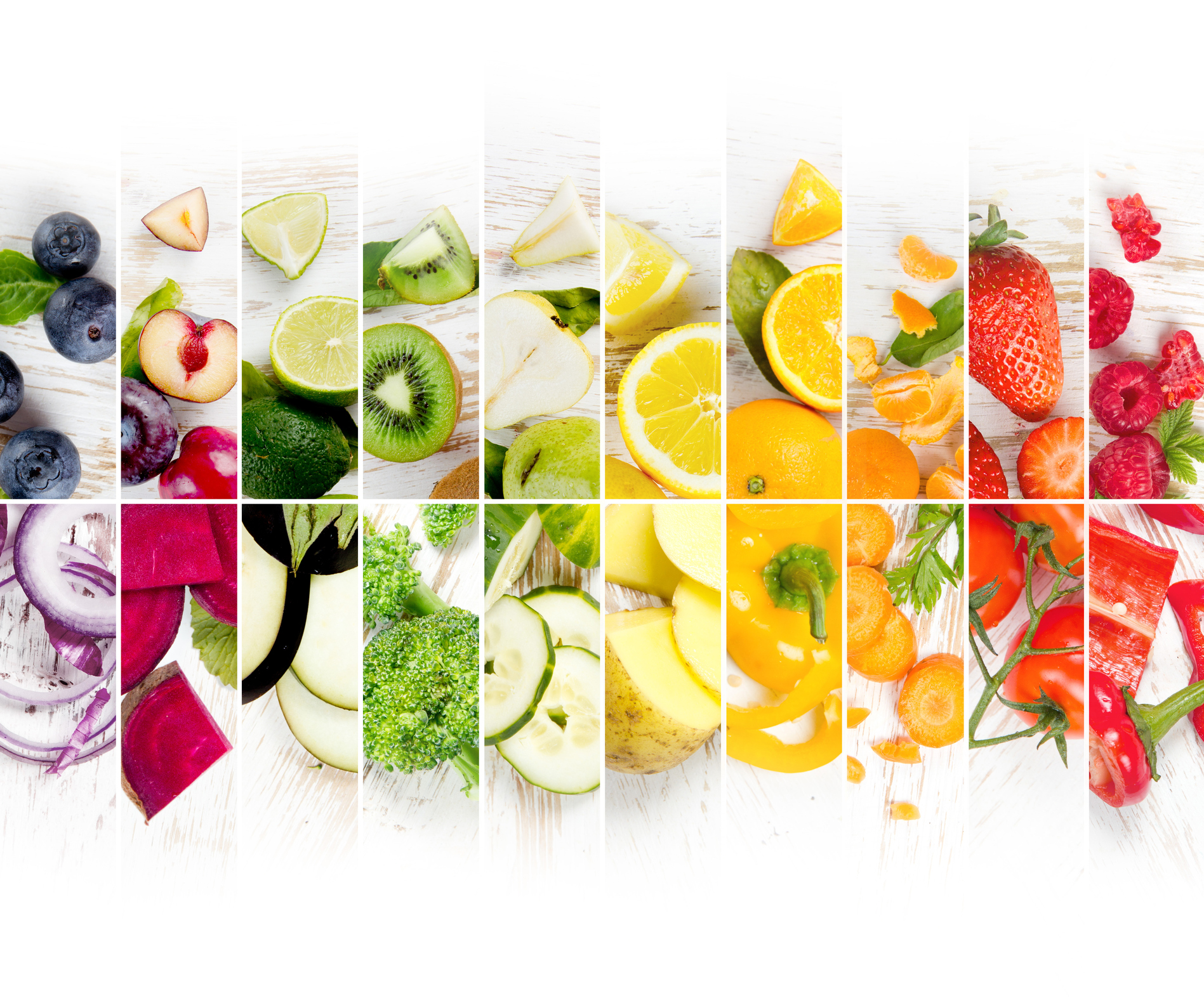You don’t realize how big the portions on your plates are until you start reading into the facts and figures. How big is too big? We often hear about the benefits of smaller portion size, but we don’t realize how much is too much.
Surprisingly, according to research studies done in the United States, portion sizes have increased by 30% from 1971 to 1999. Food portions have gradually grown larger and larger because of fast food initiative and marketing campaigns.

Have you ever contemplated the size of a large soda drink from your favorite fast food chain? How about the medium size? You may not think twice about it in the moment but when you take a closer look at it, you may be surprised. Typically, the more you are served the more you will eat.
Research studies prove that there is a direct link between portion sizes and obesity. If you’re wondering what portion sizes to follow, here is a pointer:
- Between 1.5 & 2.5 cups of fruit per day
- Between 2.5 and 3.5 cups of vegetables per day
- Between 6 to 10 ounces of grain (half being whole grain)
- 3 cups of nonfat or low-fat dairy foods
- Between 5 to 7 ounces of protein (meat, beans, or seafood) per day
Tips to reduce portion size:
1. Utilize smaller dishes, bowls, and dinnerware. You would be surprised how far swapping out your big dishes for smaller ones can take you.
2. Eat slowly. Focus on chewing slowly and savoring your food instead of mindlessly eating at a rapid pace.
3. Avoid falling into the trap of eating out of a large bag or packet. It’s easy to get lost in the potato chips when you have a family sized bag laid out in front of you.
4. Drink water before and after your meals. This method is great to aid you in reaching your daily water quota as well as keep you full.




